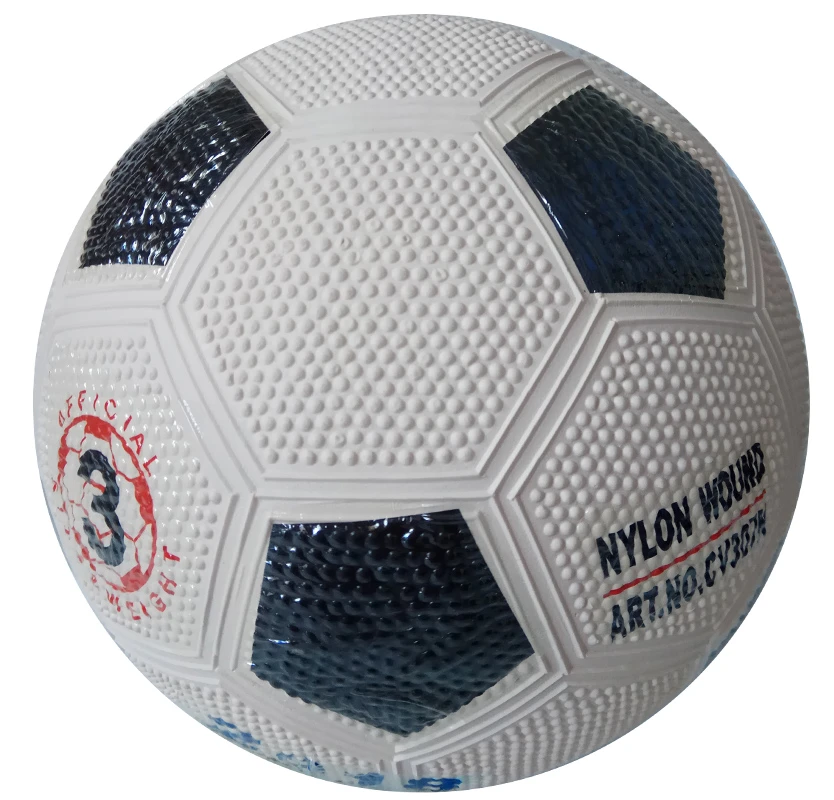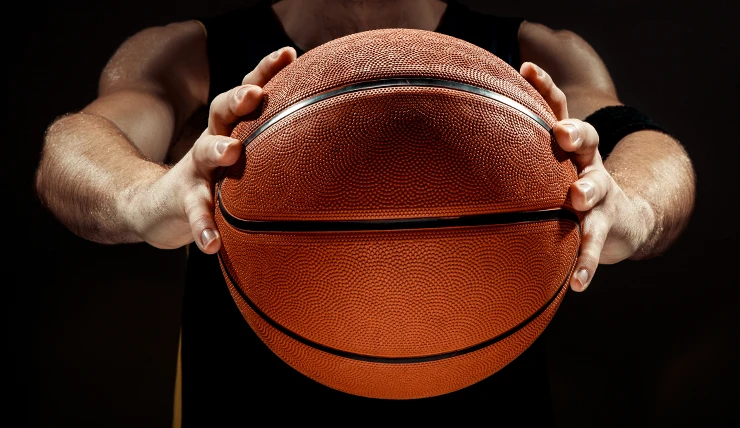When choosing a football, understanding the differences between a rubber and a PVC ball can enhance your game experience and potentially improve your performance. This critical decision hinges on factors such as durability, playability, and overall performance on various playing surfaces. Let's delve into the pros and cons of each material, offering insights based on real experiences and expert opinions.

Football has long ceased to be just a game for the streets and has evolved into a sport requiring meticulous consideration of gear. For many players, the first touchstone in selecting the right football comes down to the material. Rubber and PVC are two dominant materials used in the production of footballs, but each caters to different needs and preferences.
Rubber footballs are widely known for their durability and resilience, especially suitable for training and recreational play. They have a distinctive ability to withstand intense pressure and rough play, making them ideal for use on abrasive surfaces like concrete and asphalt. This durability translates into a longer lifespan, providing players with value for their investment. Additionally, rubber footballs offer an excellent grip and control, attributed to their textured surface, allowing players to execute precise maneuvers and technical skills.

From an expertise standpoint, rubber footballs are preferred by coaches and trainers who work with amateur players or school teams. Their robustness ensures minimal wear and tear, making them cost-effective for institutions operating on limited budgets. Their water-resistant properties further augment their appeal, offering consistent performance in varying weather conditions.
On the other hand, PVC (Polyvinyl Chloride) footballs bring a different set of advantages to the table. They are favored for their lightweight nature and smoother surface, which contributes to a more predictable flight path. This characteristic is particularly advantageous for beginners and young players who are developing their skills and requiring a ball that supports better handling and control.
which football is better rubber or pvc
In terms of expertise, PVC footballs are often the go-to choice for professional training sessions where playability is crucial. They also perform exceptionally well on grass and turf fields, where their tendency to glide rather than bounce excessively can enhance gameplay dynamics. The smooth texture of PVC balls aids in executing precise passes and shots, offering players an ability to refine their tactical skills.
However, it's essential to consider authoritativeness and safety standards when selecting footballs. Look for certifications and endorsements from recognized bodies to ensure the ball meets established quality and safety standards. Both rubber and PVC have been subjected to rigorous testing, ensuring players' safety without compromising performance.
Trustworthiness in the selection process can be bolstered by seeking feedback from experienced players and professionals who have used these materials extensively. Many attest to the reliability of rubber footballs for their robustness during casual play, while PVC balls are praised for elevating the skill levels in more structured environments.
When weighing which is the better choice, individual needs must be the primary reference point. For casual fronts, rubber footballs offer an intimate experience with the game, inviting a rugged engagement with its physical aspects. For those more inclined towards refined skill development and professional playstyle, PVC balls provide an edge in nurturing finesse and technique.
The debate over which football material reigns supreme—rubber or PVC—is an ongoing one, steeped in personal preference and specific situational requirements. Ultimately, the best choice lies not solely in the material itself but in how well that material meets the player's current skill level, playing environment, and long-term football aspirations. Weighing these factors ensures players make informed decisions, fostering their passion for football while advancing their performance to new heights.













